Buildings Insurance
The private residential building (main building) situated at the risk address and used for domestic purposes (for example a house, townhouse or flat).
Outbuildings, such as garages, storage rooms, staff quarters, studios, consulting rooms, flatlets, cottages, or any other building that is not attached or connected to the main building with an interleading door.
Permanent structures such as garden sheds, Wendy houses, Zozo huts, green houses, paths and driveways, patios, tennis courts, walls, gates and fences, swimming pools, saunas, spa baths, ponds, and water features.
Fixtures and fittings owned by yourself such as aerials, satellite dishes and masts, wind turbines, domestic tanks, gutters, fitted fish tanks and aquariums, fitted electrical and gas appliances.
Fixed machinery such as domestic filters, boreholes, pumps, motors and air conditioning and plants.
Systems fitted for solar power, climate-control, alarms, lighting, water recycling and water irrigation.
Municipal connections for water, sewerage, gas, electricity, and telephone which includes underground pipes, cables, sewers, and drains.
Glass doors, windows and sanitary ware including lettering, ornamental work, and alarm sensors on glass.
Photo-voltaic systems (commonly referred to as solar PV systems), inverters, batteries and fixed generators directly connected to the building’s wiring.
Water heating systems and their individual components, such as electrical geysers, heat pumps and solar geysers (including solar panels connected to the solar geyser), hot water tanks, stands and tubes.
The definition of buildings does not include:
○ Inflatable or portable spas and swimming pools.
○ Buildings used as a hotel, motel, or boarding house.
○ Water in a tank, swimming pool, spa, or any other container unless specifically
provided for by this policy.
○ Loose or compacted soil, earth, gravel, pebbles, or granular rubber. For example,
sand on tennis courts or gravel driveways.
○ Earthen walls and structures.
○ Earthen and gravel driveways.
○ Dam walls.
○ Piers, jetties, bridges, and culverts.
Unoccupied Your buildings are unoccupied if you or any of the people who usually live there or the person left on the premises in charge of and with access to the private residential building, have all gone out.
Standard construction Means that all buildings have been built with:
- walls of brick, stone, or concrete
- roofs of slate, tile, concrete, asbestos, or metal
Non-standard construction Means that a building has been built with material other than, such as a thatch roof or walls of wood
Paying guest, A guest who stays in the building for a short period, without a contract, in exchange for a fee
Tenant A person who signed a rental agreement to live in the building for a set period. This includes sub-tenants
Subsidence, landslip, or ground heave Refers to the movement of the land that supports the building.
Subsidence means sinking, i.e. the vertical, downward movement of the soil.
Landslip means the sliding down of a mass of land. It is in effect a small landslide and it typically occurs on a slope.
Ground heave means the upward movement of soil supporting the building.
Active soil means soil that changes in volume in response to changes in moisture content i.e. increase in volume (heave or swell) upon wetting and decrease in volume (shrink) upon drying out, such as clay.
What is your responsibility?
Ensure that you comply with the requirements always over the duration of your policy. If you do not comply with a specific responsibility the insurer may reject your claim.
Have these minimum security measures
Cover for theft or malicious damage is subject to you meeting the minimum-security requirements which we have agreed with you. The required security requirement for your home is stated in the Schedule and will be one of the following:
Burglar bars and security gates
If it was agreed that the minimum-security requirements are burglar bars and security gates, then the following conditions
apply:
○ all opening windows must be protected by burglar bars
○ security gates must be fitted to all exit doors, and must be locked when your buildings are left unoccupied
○ burglar bars and security gates must be maintained and in always working condition.
Alarm system
If it was agreed that the minimum-security requirement is an alarm system, then the following conditions apply:
○ the alarm must be linked to a 24-hour armed-response service
○ the alarm must be working properly and the contract with the armed response company must be active
○ you must change the generic code to your own unique code
○ if the insurer asked you to, the alarm must be linked to an electric fence, or must include outside alarm beams
○ the alarm must be activated when your premises are left unoccupied.
If the alarm was not activated, the insurer will consider your claim on the following conditions:
* There must be clear signs of forced entry to or exit from the buildings.
○ The service provider can audit log of all alarms received (including activation and deactivation) for
the last three months, showing that the alarm is usually activated and in working order while your premises are left unoccupied.
○ You must pay an additional excess on top of your basic excess.
IMPORTANT: If you are unsure of which security requirement applies, please contact our offices 039 940 4386
If you live in a high-security complex
If your home a high-security complex, and the insurer agreed that the minimum-security requirements below apply to you, then you must ensure that the following security measures are in place at the complex, fully maintained and in always working order:
○ 24-hour access control to the complex
○ a high perimeter wall with electric fencing, alarmed and linked to either a 24-hour armed-response service or the guardhouse
If you become aware that any of the above requirements are not in place, you must advise us immediately. We may suspend theft cover or apply new terms and conditions, until you are able to comply.
When your premises in the complex are left unoccupied, we will only consider your claim on the following conditions:
○ all opening windows not protected by burglar bars must be closed
○ all exit doors not protected by security gates must be locked
○ there must be clear signs of forced entry to or exit from the buildings
OR
○ if a 24-hour armed-response service linked alarm system is installed in the buildings
– the alarm must be activated
– the alarm must be working properly and the contract with the armed response company must be
active
– you must change the generic code to your own unique code.
If the alarm was not activated, we will consider your claim on the following conditions:
– There must be clear signs of forced entry or exit from the buildings.
– The service provider can audit log of all alarms received (including activation and deactivation) for the last 3 months, showing that the alarm is usually activated and in working order while your premises are left unoccupied.
– You must pay an additional excess on top of your basic excess.
IMPORTANT: Additional security requirements may also be required if stated
All non-standard construction buildings
You must tell us if your home is constructed of non-standard material. You will not be covered for loss or damage from a fire if your home is constructed of non-standard material and does not have either Surge protection or a Lightning conductor, as explained below.
○ Surge protection
A SANS approved surge protection device must be installed on the main electrical distribution board and the device must:
– Be designed to withstand peak surge currents of 40kA phase to neutral and of 12kA (10/350) neutral to earth.
– Be wired in terms of SANS 10142-1 Connection type 2.
– Have a mechanical fault indication.
– Be installed by a registered electrician who must provide a Certificate of Compliance for the installation.
○ Lightning conductor
If a lightning conductor is installed it must comply with the following requirements:
– The lightning conductor must be installed, operated, and maintained according to the manufacturer’s specifications.
– The lightning conductor must be of adequate height to protect the building at a minimum angle of 45˚ from the top of the building to ground level and needs to be earthed.
In addition, the following conditions apply to roofs of thatch or wood and chimneys:
○ Thatch roofs
– Under no circumstances should steel pipes, cables or electric wiring be in direct contact with the thatch.
– There must be adequate clearance between the thatch and metal objects under it.
– Where metals used in the construction of the roof are not bonded and earthed, a minimum clearance of one metre must be maintained between metals in the roof, water pipes, vent pipes, tanks, gas pipes, antennas, telephone, bell wires, burglar alarms, electrical wiring, and conduits.
○ Wood or thatch roofs treated with fire retardant
– If you have a wood or thatch roof and it is treated with a fire retardant, then it must be maintained according to the manufacturer’s specifications or at a minimum interval not exceeding 3 years.
– You must supply us with written proof of the maintenance, if required by us.
○ Conditions for a chimney
You must take all reasonable steps to make sure that your chimney complies with the relevant National Building Regulations regarding the height of the chimney and the materials used to construct it. The following conditions also apply to chimneys:
– The chimney must not create a fire hazard to any adjacent material.
– A non-combustible flashing must be installed on the roof around the chimney.
– The chimney must protrude at least one metre higher than the thatch around it on all sides.
You must tell us of the actions of your tenants
You must tell us as soon as possible if your insurance risk might be affected by the actions or neglect of your tenant living on the property. An example is if your tenant changes the security measures. In such cases, we may impose additional terms, conditions and exclusions.
Notify us about any improvements to your buildings
If you increase the value of your buildings through any alterations, extensions, or improvements, we will increase your cover by up to the percentage, provided that you tell us immediately and pay any additional premium required.
Comply with national building regulations
You must take all reasonable steps to ensure that the buildings comply with National Building Regulations, and that your building plans have been approved by the local authority. Generators, for example, must be fitted according to the latest published SANS standards. The installation must be done by a qualified electrician and you must be supplied with a SANS compliance certificate.
Subsidence and landslip – Limited and Extended cover
○ If you are required to do so, you must prove that the loss or damage you are claiming for was caused by subsidence, landslip, or ground heave.
○ If during the construction of the building or any subsequent additions to the building the services of an engineer was necessary to meet Building Regulations, the buildings and outbuildings must meet the engineer’s requirements. If they do not, your subsidence, landslip and ground heave cover may be affected.
Power surge protection device
If you choose to install a surge protection device, it must be SANS approved, installed on the main electrical distribution board and the device must:
○ Be designed to withstand peak surge currents of 40kA phase to neutral and of 12kA (10/350) neutral to earth.
○ Be wired in terms of SANS 10142-1 Connection type 2.
○ Have a mechanical fault indication.
○ Be installed by a registered electrician who must provide a Certificate of Compliance for the installation.


